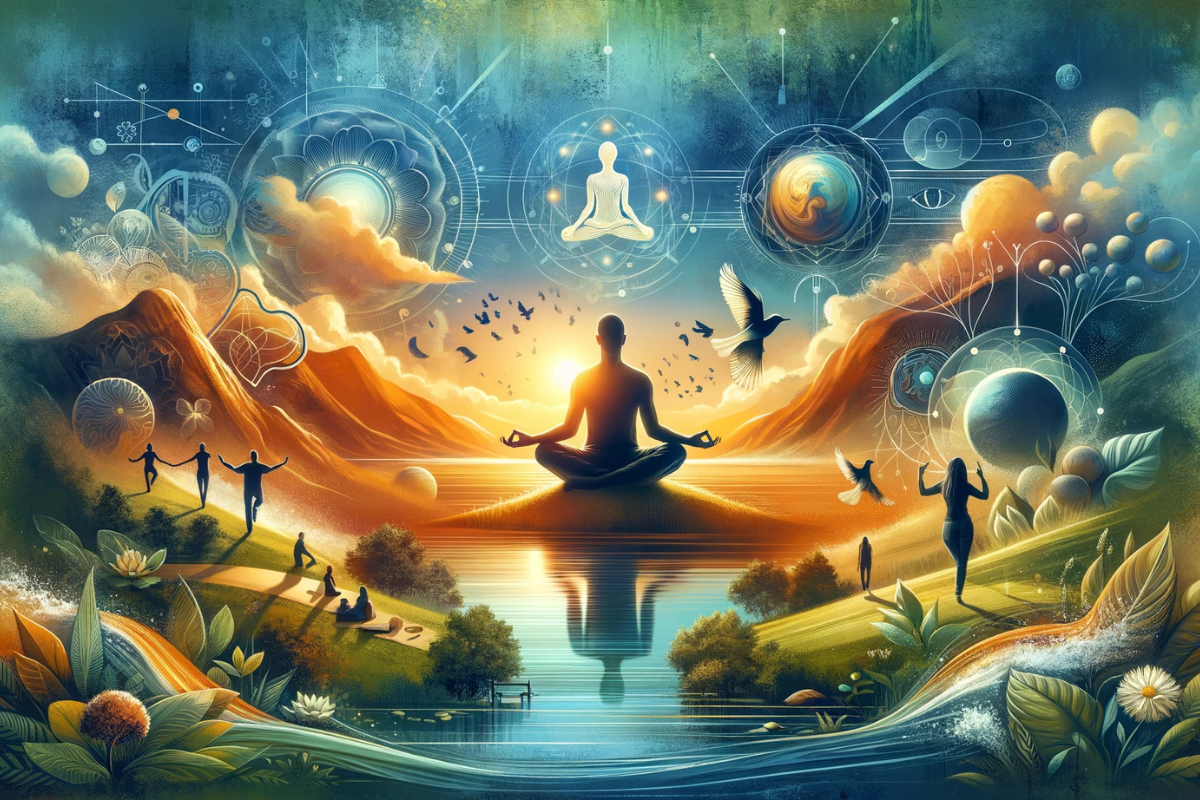Understanding the Concept of a Conscious Artist
The term “Conscious Artist” refers to those who use their art as a medium for deeper understanding and awareness. Rather than focusing solely on aesthetics, these artists create with intention, ensuring that their work resonates on both personal and societal levels. This approach promotes a dialogue between the artist and their audience, allowing for shared experiences that foster growth and transformation. Conscious Artists embrace their vulnerabilities, recognizing that authenticity enhances their narratives and connects them to their audience. Their journey is one of self-discovery and compassion, aiming to use creativity as a force for good.
Characteristics of a Conscious Artist
Conscious Artists are marked by their commitment to authenticity and emotional intelligence. They express their vulnerabilities, fostering a genuine connection with their audience. Self-awareness is key; these artists reflect on their motivations and the impact of their work. They prioritize relationships with their communities, using art to address social issues like inequality and mental health. The creative process involves embracing challenges and learning from failures, resulting in rich, meaningful works. Ultimately, they inspire others to explore their paths of self-discovery and creative expression.
The Role of Mindfulness in Artistry
Mindfulness is crucial for Conscious Artists, enhancing their creative processes and deepening their connection to their work. Techniques like meditation and reflective journaling help artists tap into their creativity, alleviating stress and anxiety. By being present in the moment, artists engage fully with their materials, leading to innovative outcomes. This presence resonates with audiences, creating a shared experience that promotes reflection and emotional exploration. Mindfulness serves as a transformative tool for both the artist and the audience, encouraging personal growth and connection.
Conscious Art as a Catalyst for Change
Conscious Artists use their work to address critical societal issues, from environmental sustainability to social justice. Their art fosters dialogue and encourages audiences to confront uncomfortable truths. By creating shared experiences, these artists amplify diverse voices and promote empathy. Collaborating with communities enhances their impact, inspiring collective action. This approach not only deepens audience engagement but also empowers individuals to reflect on their values. Conscious Artists become catalysts for change, utilizing creativity to inspire positive action in society.
Building a Conscious Creative Practice
To cultivate a Conscious Artist mindset, one should start by reflecting on their artistic intentions. Creating a dedicated, inspiring space for artistic practice is essential. Integrating mindfulness techniques like meditation into the routine can enhance creativity and self-awareness. Seeking feedback and engaging with fellow artists fosters growth and new ideas. Building a conscious creative practice is an ongoing journey that requires patience and openness, enabling artists to share their authentic voices and inspire others along the way.
The Future of Conscious Art
The future of Conscious Art is promising as artists increasingly align their creativity with mindfulness and social responsibility. Emerging artists are using their platforms to advocate for change, reflecting a collective desire for deeper connections. Technology enables Conscious Artists to reach wider audiences and engage in global dialogues. Additionally, the emphasis on sustainability within the artistic community highlights the importance of responsible practices. As this movement gains momentum, Conscious Artists will continue to inspire others to engage in meaningful conversations and actions that promote positive change. Through their work, they ensure that art remains a vehicle for transformation, empowerment, and empathy.
4o mini

